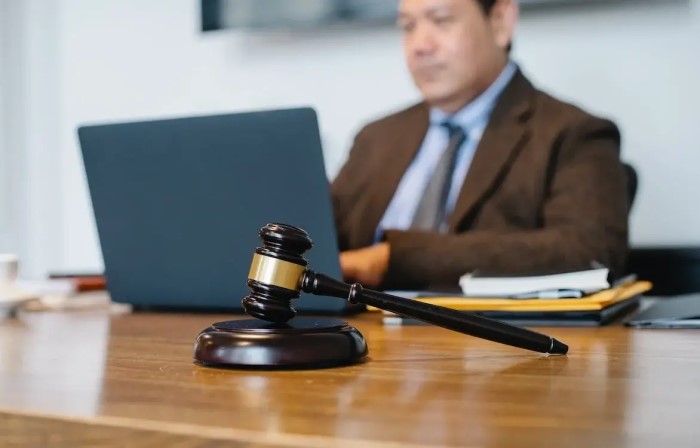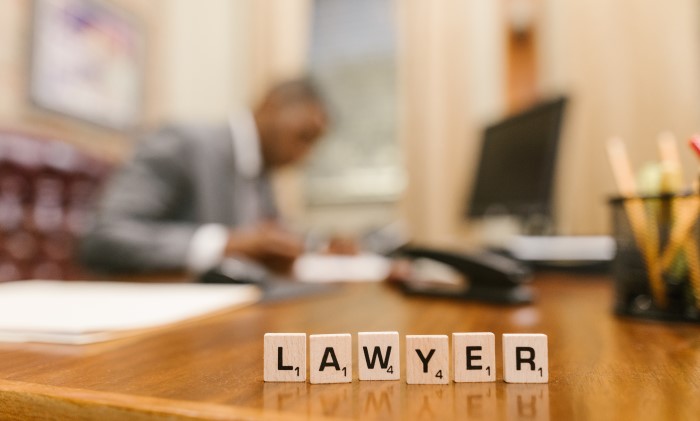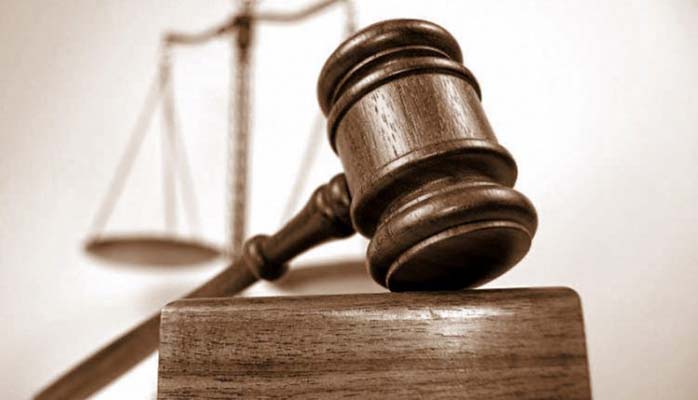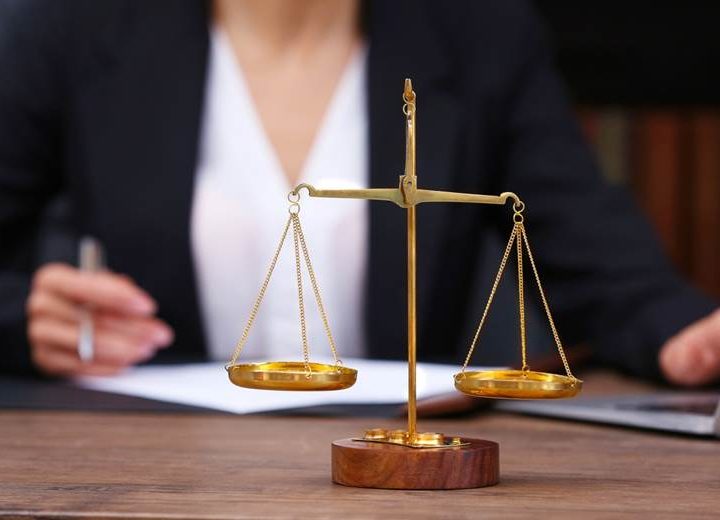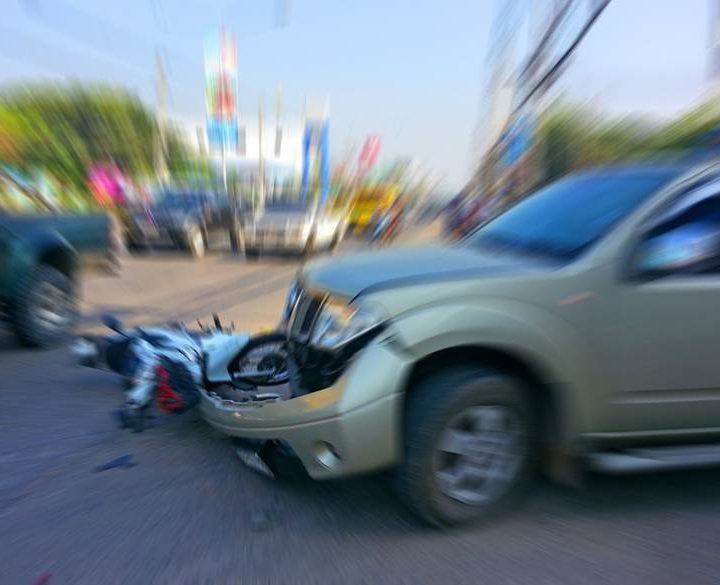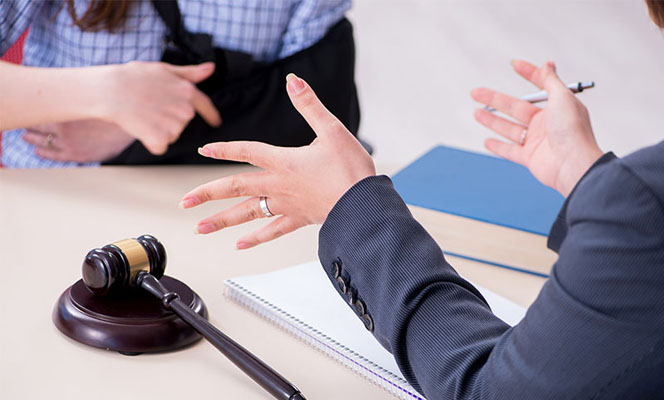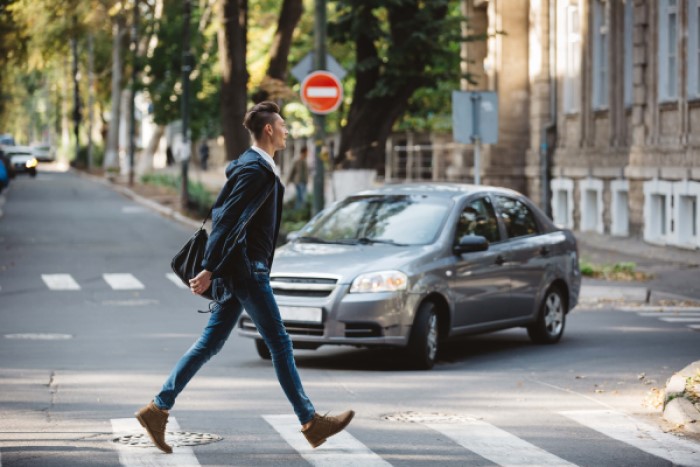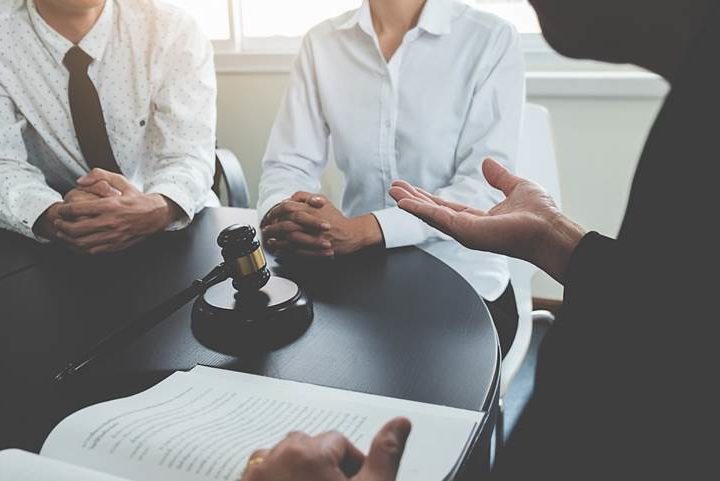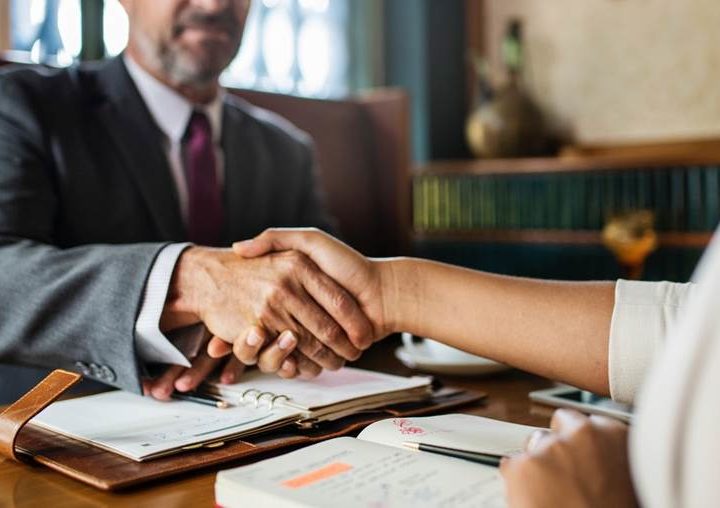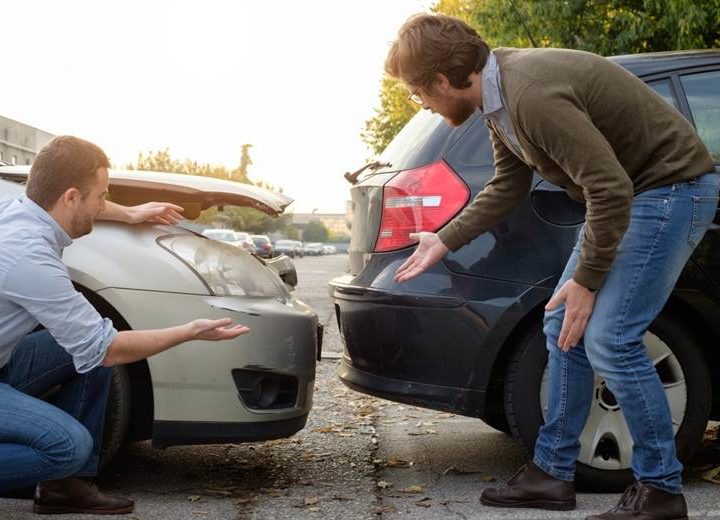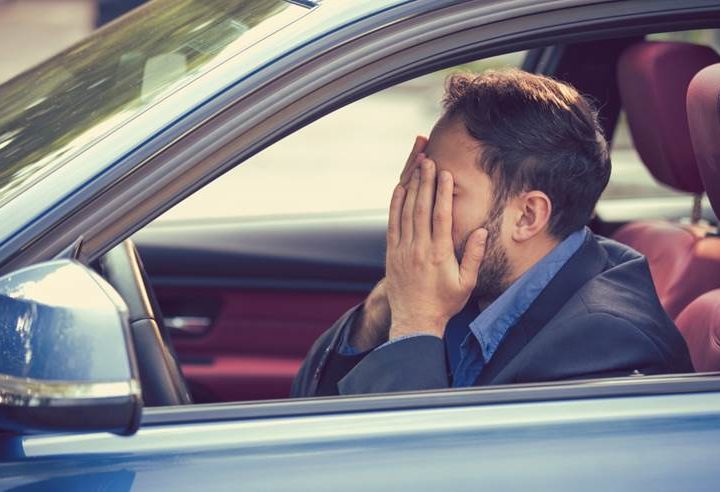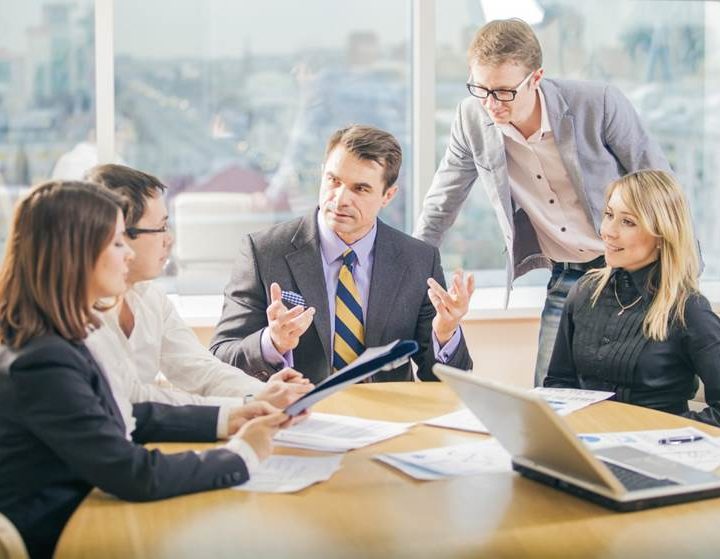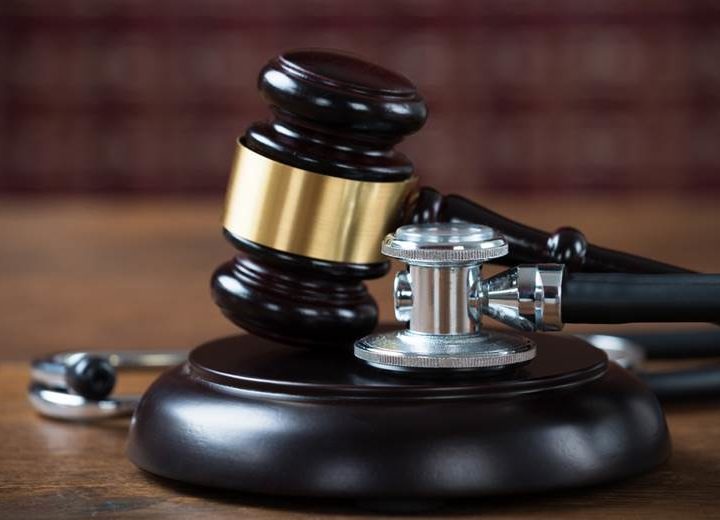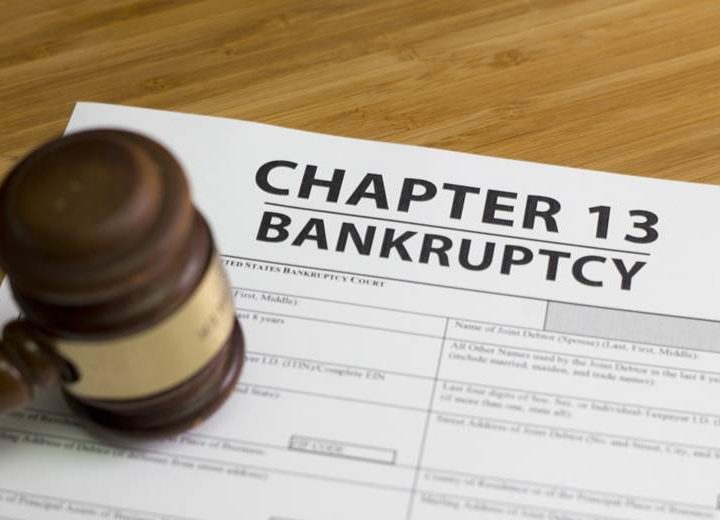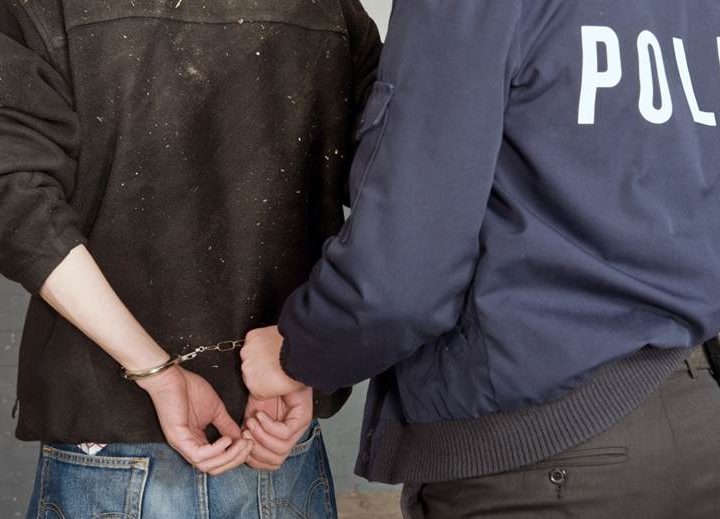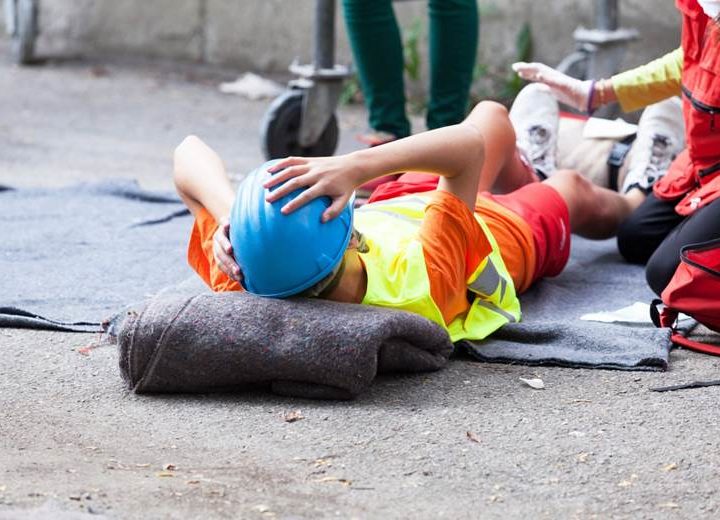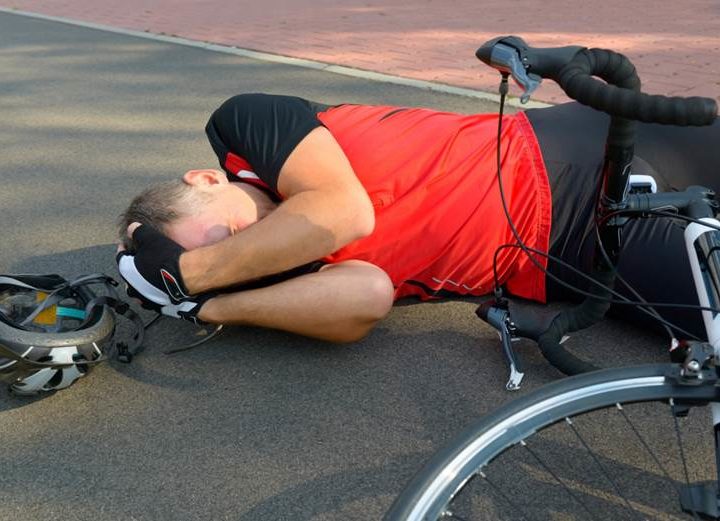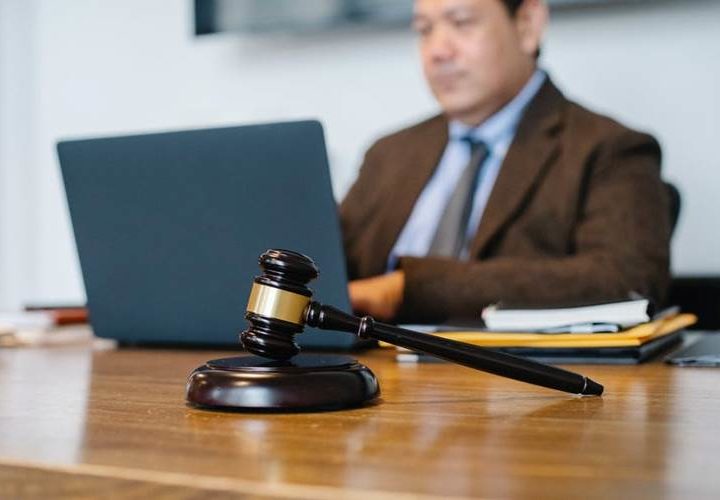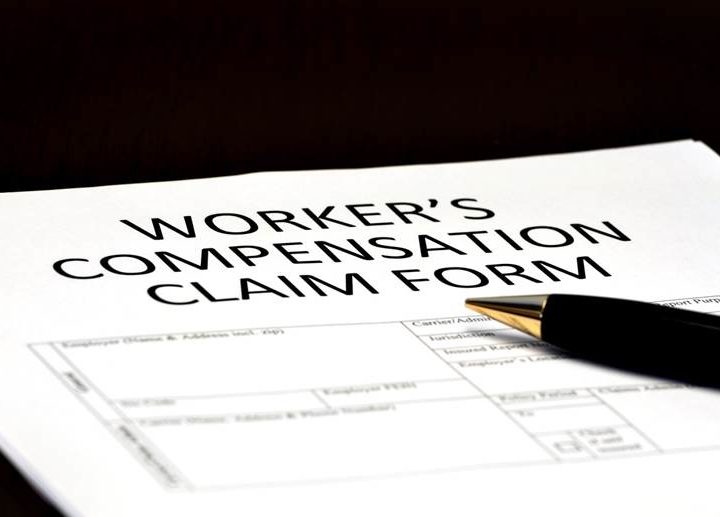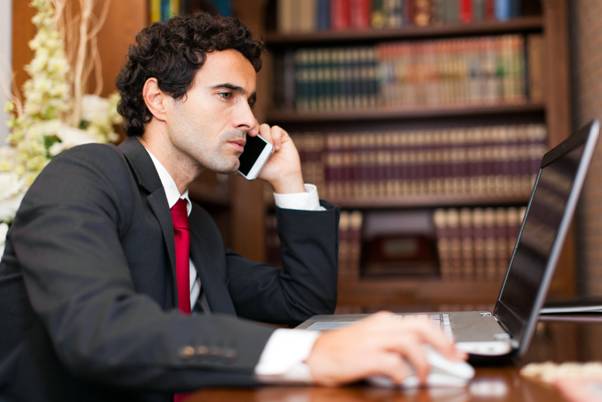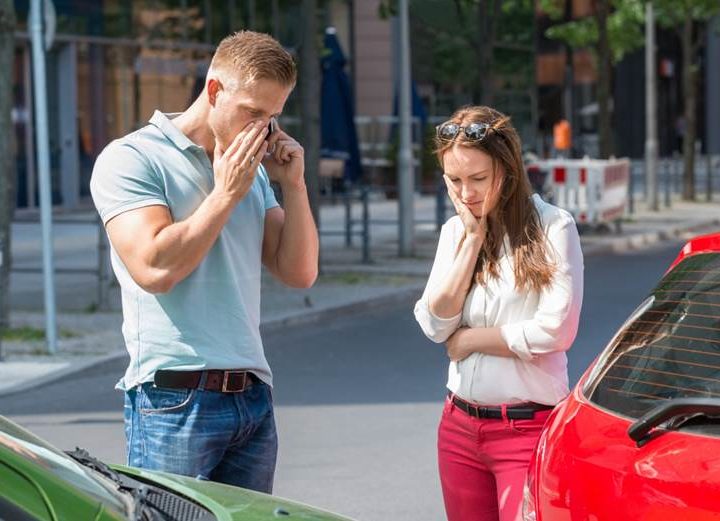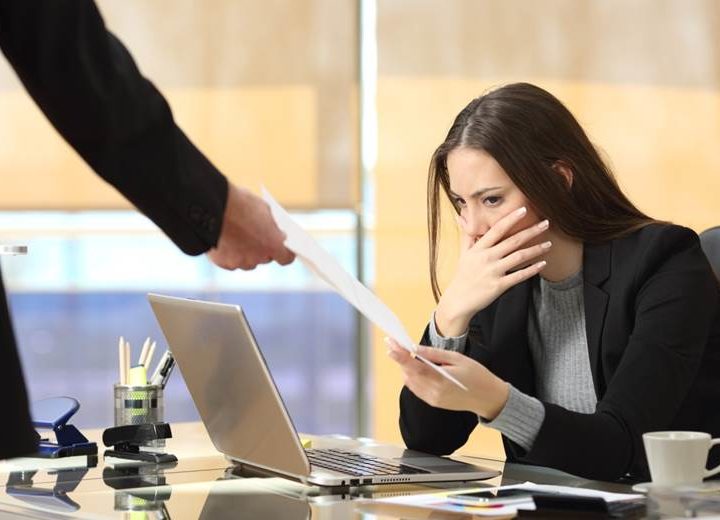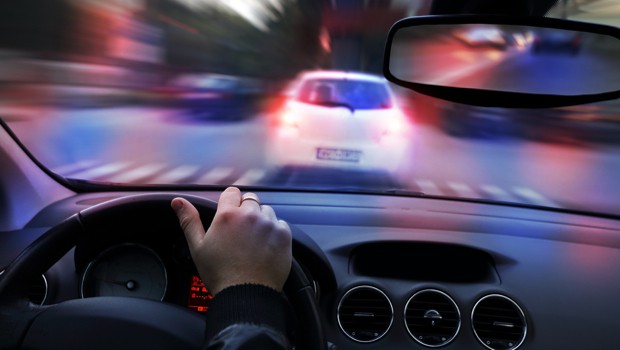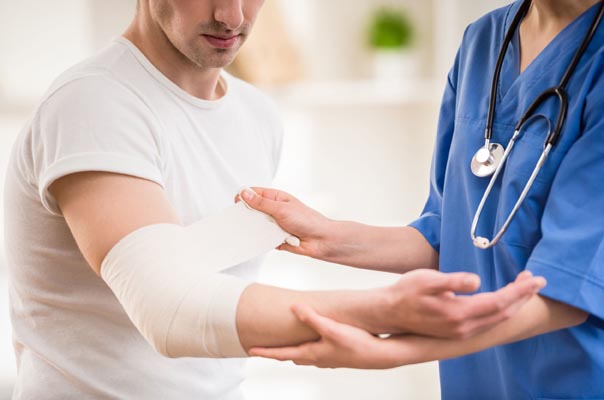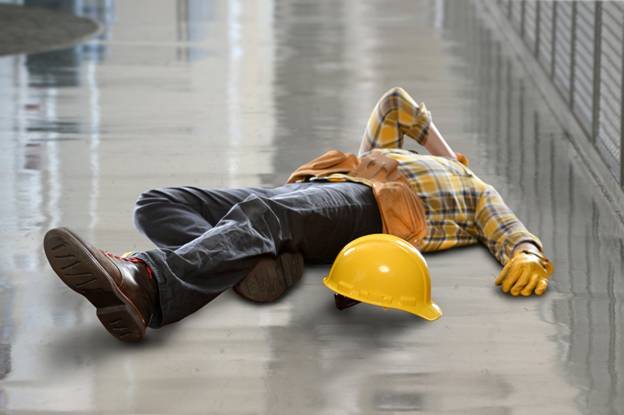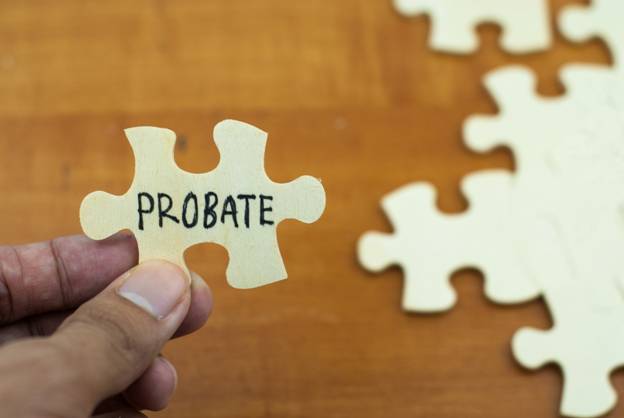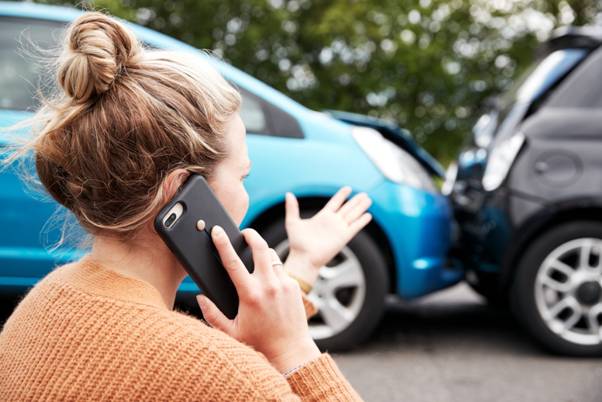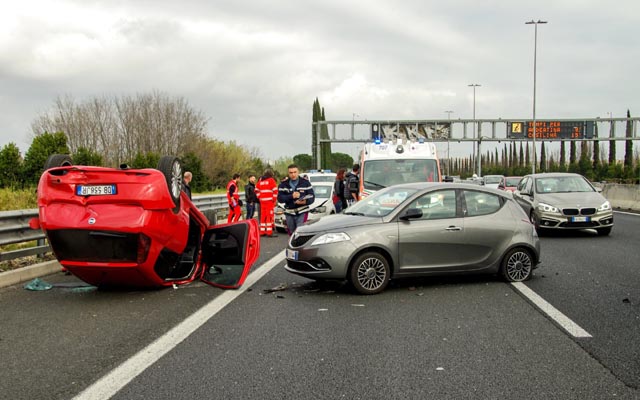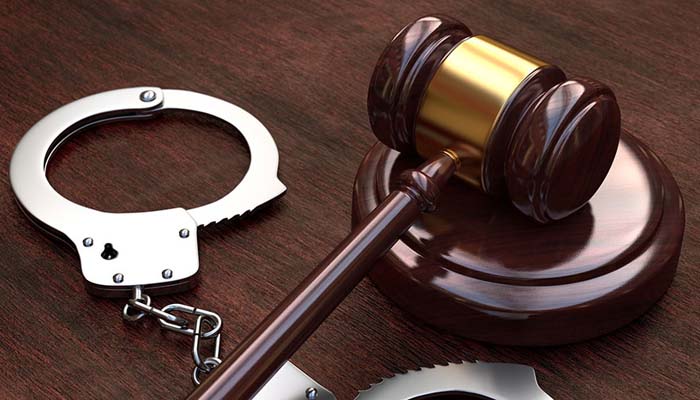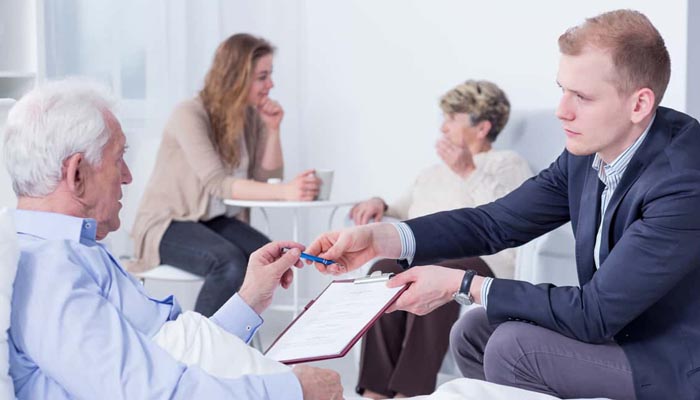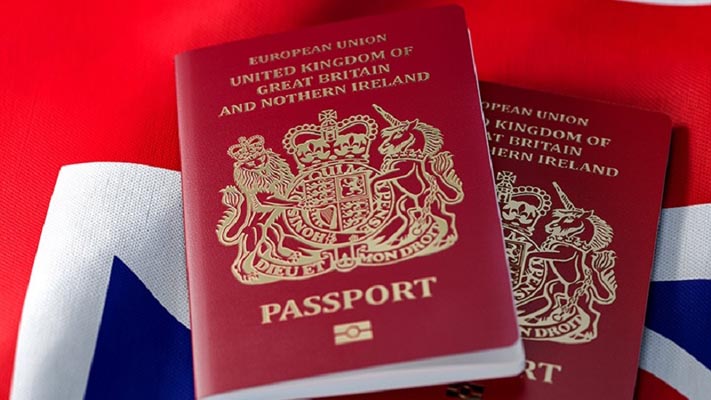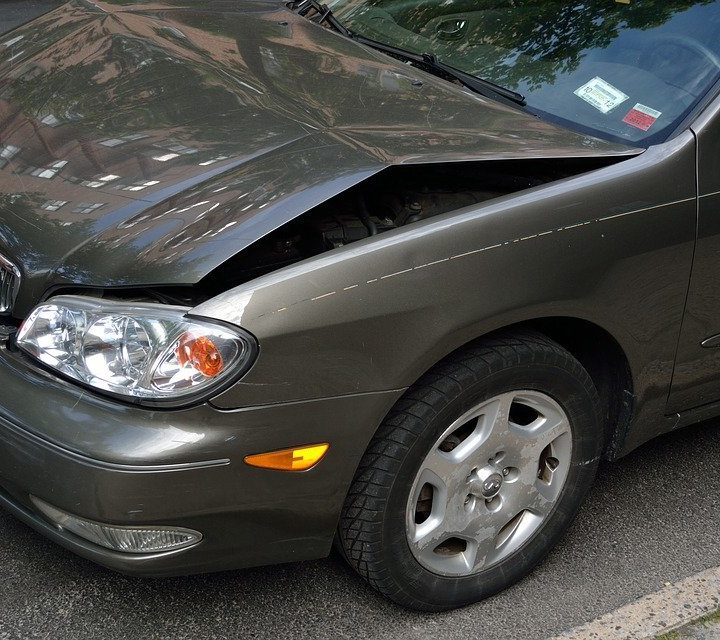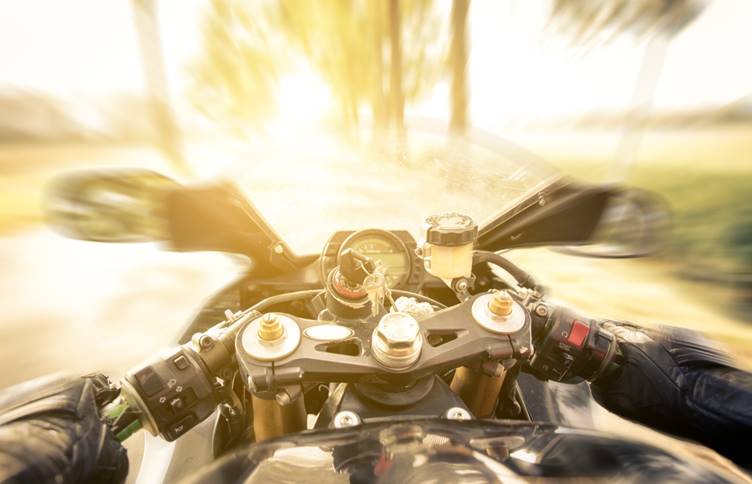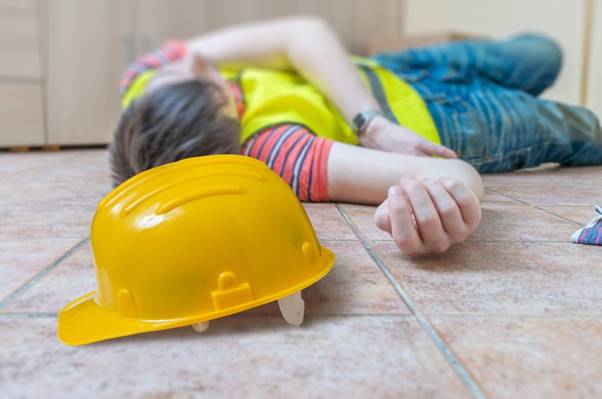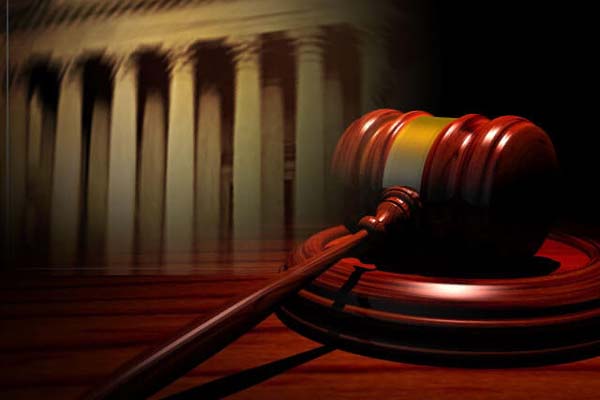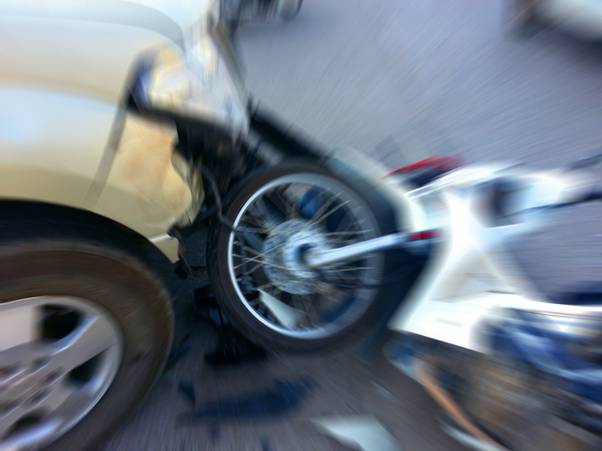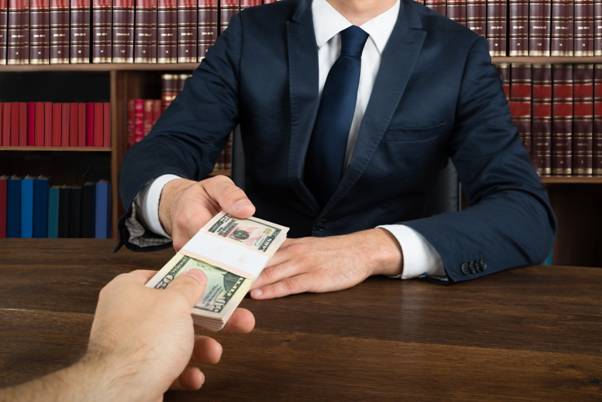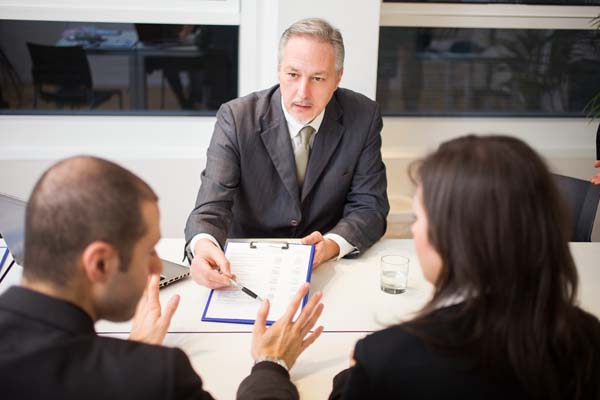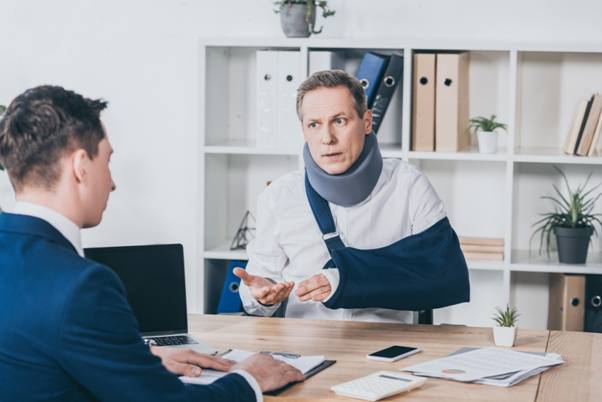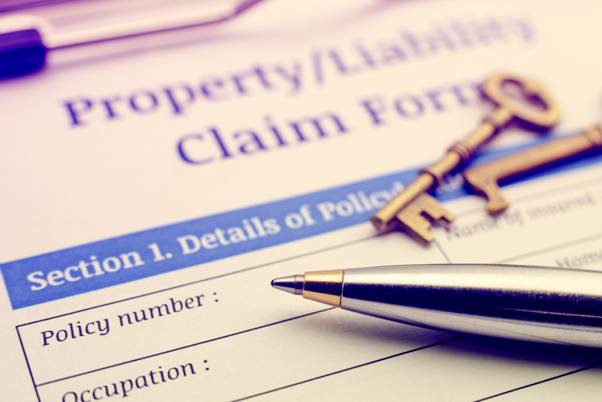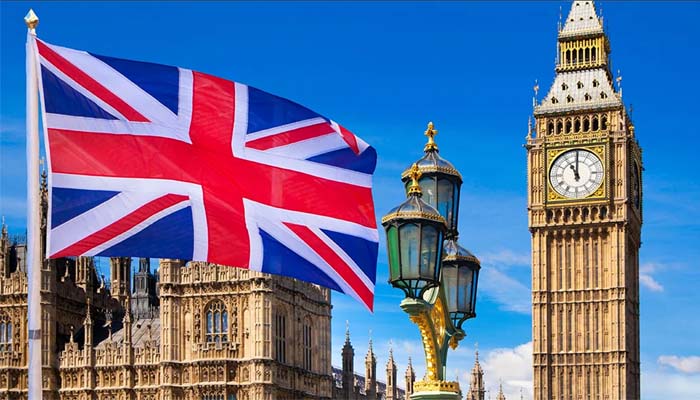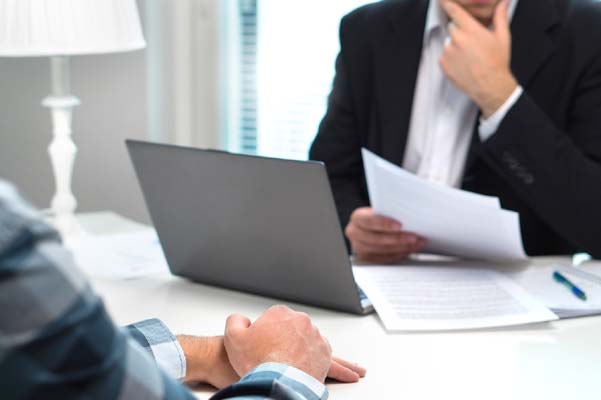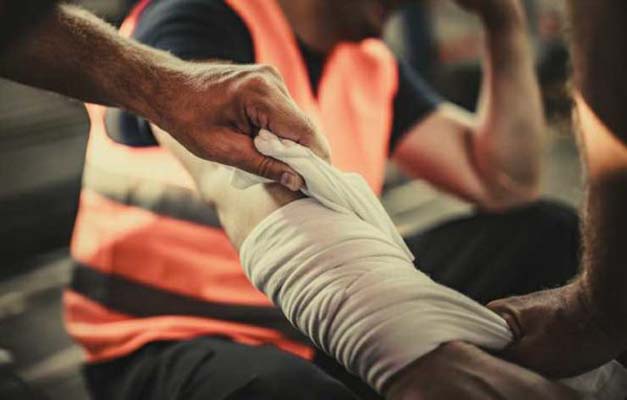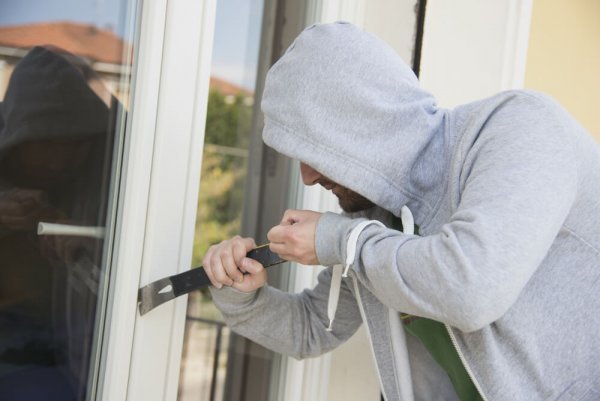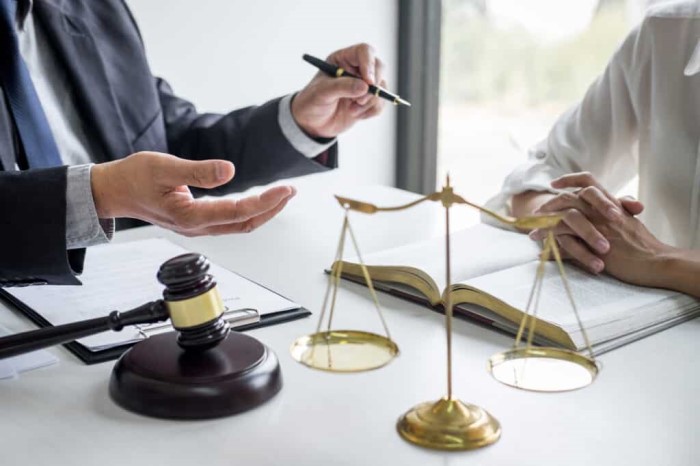Introduction
Slip and fall accidents are prevalent yet often overlooked incidents that can lead to severe injuries and long-term consequences. In this article, we delve into the various aspects of slip and fall accidents, shedding light on their significance and offering guidance on prevention and management.
Define the Health Topic
Slip and fall accidents occur when individuals lose their footing and balance, resulting in a sudden fall. These accidents can happen anywhere, from residential properties to public spaces, and can lead to injuries ranging from minor bruises to fractures and head trauma.
Relevance and Importance
Understanding slip and fall accidents is crucial as they pose significant risks to individuals of all ages, particularly the elderly and children. By raising awareness about the causes, consequences, and preventive measures, we can work towards creating safer environments and reducing the incidence of such accidents.
Types and Categories
Slip and fall accidents can be categorized based on various factors, including the location and circumstances of the fall.
Indoor Falls
These occur within buildings and residences and are often caused by slippery surfaces, loose rugs or carpets, cluttered walkways, or poor lighting.
Outdoor Falls
Outdoor falls typically occur in public spaces such as sidewalks, parking lots, and parks. Common causes include uneven pavement, icy or wet surfaces, and inadequate signage.
Workplace Falls
Work-related slip and fall accidents are prevalent in industries such as construction, manufacturing, and healthcare. Factors such as slippery floors, improper footwear, and lack of safety protocols contribute to these incidents.
Symptoms and Signs
Recognizing the signs of a slip and fall accident is essential for prompt intervention and medical assistance.
Common Symptoms
- Bruising and swelling around the affected area
- Pain or tenderness upon movement
- Difficulty bearing weight on the injured limb
Uncommon Symptoms
- Headaches or dizziness, indicating potential head trauma
- Numbness or tingling sensation, suggesting nerve damage
- Loss of consciousness, which may occur in severe cases
Causes and Risk Factors
Various factors contribute to the occurrence of slip and fall accidents, ranging from environmental conditions to individual behavior.
Environmental Factors
- Wet or slippery surfaces due to spills or weather conditions
- Uneven or poorly maintained flooring
- Inadequate lighting, especially in dimly lit areas
Individual Factors
- Age-related decline in balance and mobility
- Footwear unsuitable for the prevailing conditions
- Distractions such as texting or multitasking while walking
Diagnosis and Tests
Diagnosing slip and fall injuries involves a combination of physical examination and diagnostic tests to assess the extent of damage.
Physical Examination
A healthcare provider will evaluate the injured area for signs of swelling, tenderness, or deformity. Range of motion tests may also be conducted to assess joint function.
Diagnostic Imaging
X-rays are commonly used to detect fractures or dislocations resulting from a fall. In cases of suspected head or spinal injuries, CT scans or MRI may be recommended for further evaluation.
Treatment Options
The treatment approach for slip and fall injuries depends on the severity and nature of the injury.
Minor Injuries
Minor injuries such as bruises, strains, or sprains can often be managed with rest, ice, compression, and elevation (RICE therapy). Over-the-counter pain relievers may also help alleviate discomfort.
Fractures
Fractures may require immobilization with splints or casts to promote healing. In some cases, surgical intervention may be necessary to realign the bones and facilitate recovery.
Preventive Measures
Preventing slip and fall accidents involves proactive measures to address both environmental hazards and individual behaviors.
Environmental Modifications
- Maintain clean and dry floors by promptly cleaning up spills.
- Install non-slip mats or rugs in areas prone to wetness.
- Ensure adequate lighting in all areas, especially stairwells and hallways.
Individual Precautions
- Wear appropriate footwear with slip-resistant soles.
- Avoid distractions while walking, such as texting or talking on the phone.
- Use handrails when navigating stairs or elevated surfaces.
Personal Stories or Case Studies
Real-life stories can illustrate the impact of slip and fall accidents on individuals and their families.
Sarah’s Story: A Cautionary Tale
Sarah, a vibrant grandmother, suffered a debilitating hip fracture after slipping on a wet floor at a grocery store. The incident not only resulted in physical pain but also limited her independence and mobility.
James’ Recovery Journey
James, a construction worker, experienced a fall from scaffolding while on the job. Despite sustaining multiple fractures, his determination and rehabilitation efforts enabled him to regain strength and return to work.
Expert Insights
Medical professionals offer valuable insights into the prevention and management of slip and fall accidents.
Dr. Emily Johnson, Orthopedic Surgeon
“Preventing slip and fall accidents requires a multifaceted approach, including environmental modifications and personal awareness. By addressing potential hazards and adopting safe behaviors, individuals can significantly reduce their risk of injury.”
Conclusion
Slip and fall accidents are preventable yet pervasive incidents that can have serious consequences. By raising awareness, implementing preventive measures, and seeking expert guidance, we can create safer environments and protect ourselves and our loved ones from unnecessary harm.

